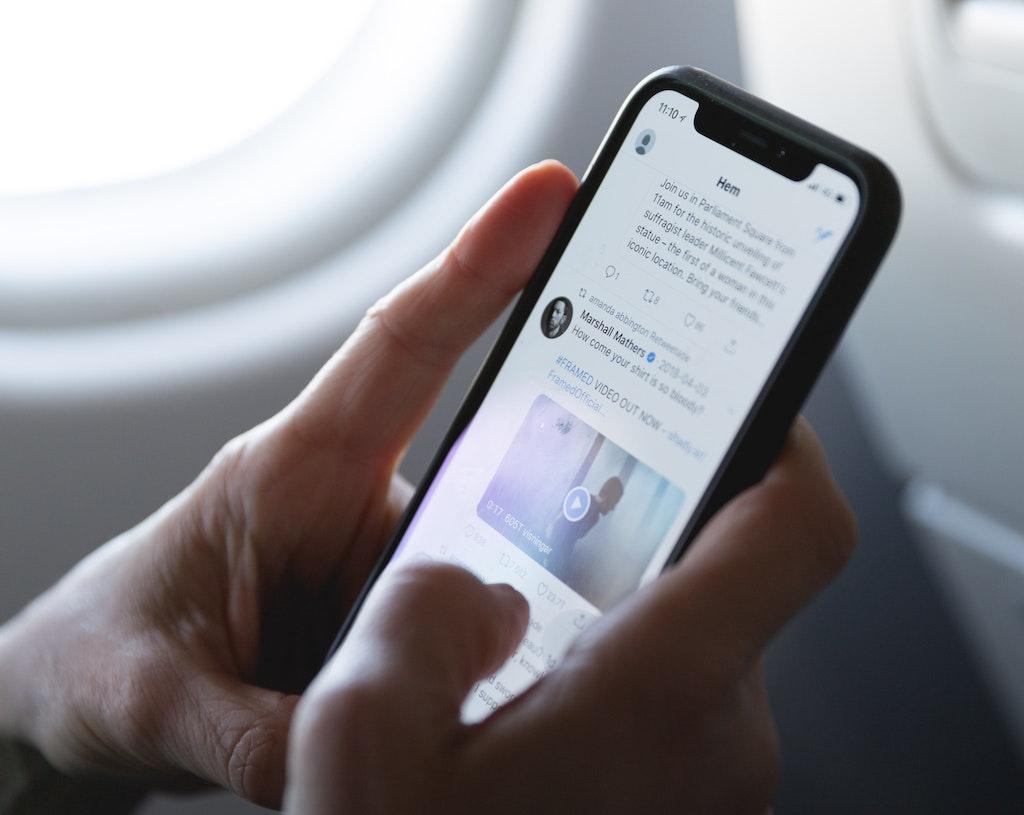
The number of IFC-equipped commercial aircraft is expected to double by the end of this decade, according to a new report.
Space consulting and market intelligence firm Euroconsult anticipates that more than 21,000 aircraft will be fitted with IFC equipment by 2030.
This follows a 10% increase, from 9,000 to 9,900, in 2020-21. In "Prospects for In-Flight Entertainment & Connectivity" Euroconsult says that a strong year-on-year performance for 2021 contrasted with previous uncertainties in the aviation industry and its supply chain during the pandemic.
The report said that, while not returning to pre-2019 levels, in-flight connectivity showed strong signs of uptake in 2021, with 120 airlines offering in-flight connectivity to passengers with a total bandwidth capacity consumption rising to an unprecedented 24 gigabytes per second.
Euroconsult said that the pandemic acted as a catalyst for a series of service provider mergers and acquisitions, with more expected. As a result, providers emerged from a turbulent period of financial restructuring well-positioned to pursue new contracts, with as many as two dozen signed by the end of 2021 involving the equipping of 1,500 aircraft.
“Some airlines took the opportunity of down-time in 2020-21 to get their fleets equipped faster than expected,” Euroconsult consultant and editor of the market intelligence report dedicated to IFC and IFE prospects, Vishal Patil said. Additionally, the clearance of the Boeing 737 MAX to fly again meant that new aircraft already line-fitted with IFC started to reach airlines.
“What we’d seen pre-Covid were super-exciting times and a lot of contracts were signed,” said Patil. “It was paused due to Covid and nobody knew how conditions were going to evolve in most parts of the world.”
A report by OneWeb over the summer noted that many passengers do not even try to connect to onboard IFC systems, perceiving them to be too difficult to navigate, while almost half of those who did connect were underwhelmed by the quality of service or objected to the cost of signing on to an IFC system.
That is a position with which Patil can empathize.
“If I take off my consultant’s hat and put on my passenger one, every time I’ve tried to connect to IFC, it’s not been a piece of cake.
“You have to wait until the aircraft reaches a certain height; you have to remember to have your wallet or credit card with you, then log on to the server, then sometimes the payment doesn’t go through. If you’re on a two-hour journey, you spend one hour trying to figure out what’s happening. Then you use it for 30 minutes and the pilot switches it off. It’s not very easy.
“But what we’ve seen is that there’s an increase in demand, in the sense that passengers would like to be able…to be connected, even when flying, especially after the pandemic.
“What we’ve seen from our research is that many airlines are moving towards free services – either free messaging or ‘freemium’ [services] for certain categories of people.”
He cited U.S. carrier JetBlue, “who are offering it for free and it’s working well.”
It had been demonstrated that there were different methods of monetizing in-flight connectivity, said Patil, one of which was for an airline to partner one of the internet giants, such as Amazon or Apple.
The increasing number of new satellites would help to drive this trend: “More bandwidth will drive prices down. That’s what we’ve seen on the ground; what we used to pay for our home connection has decreased. There will be an expansion in available capacity, especially from 2023 onwards. Demand is increasing more slowly.”
The report added that, for airlines, the drawn-out resumption of long-haul flights, the return to service of the Boeing 737 Max and the diversification of service providers will all contribute to increased IFC consumption.
While IFC is currently largely limited to long-haul flights, Patil believed that it will gradually spread into the short-haul sector. It could even make an appearance on regional jets and turboprops, albeit possibly in the form of low-cost systems linked to an onboard server that would provide the ability to download a limited amount of pre-loaded content.
